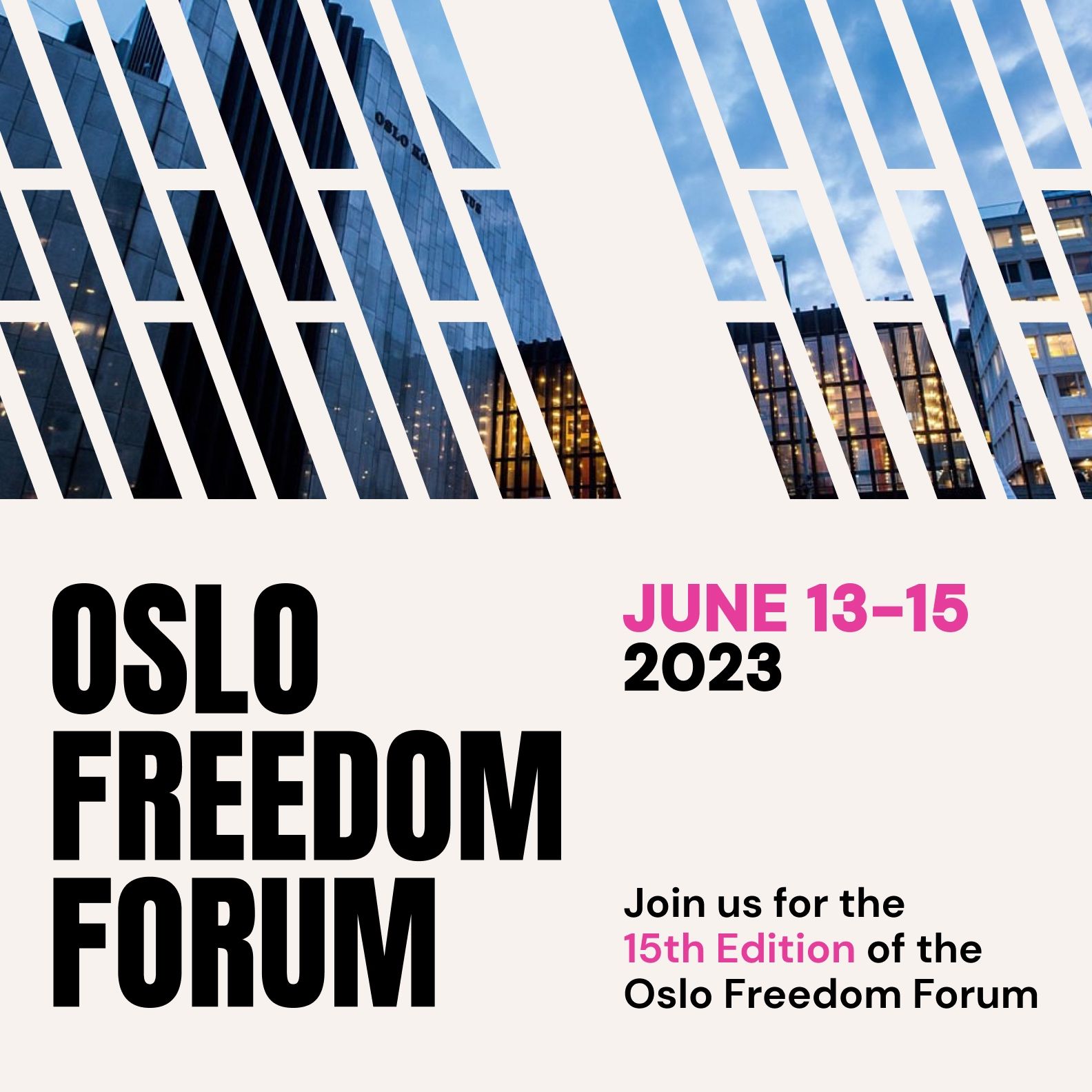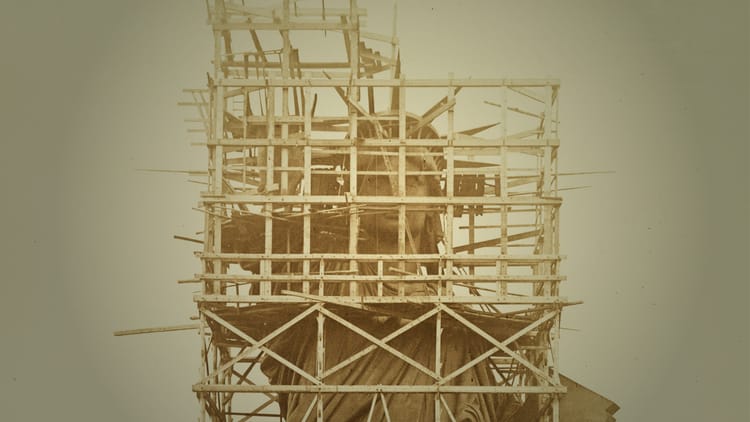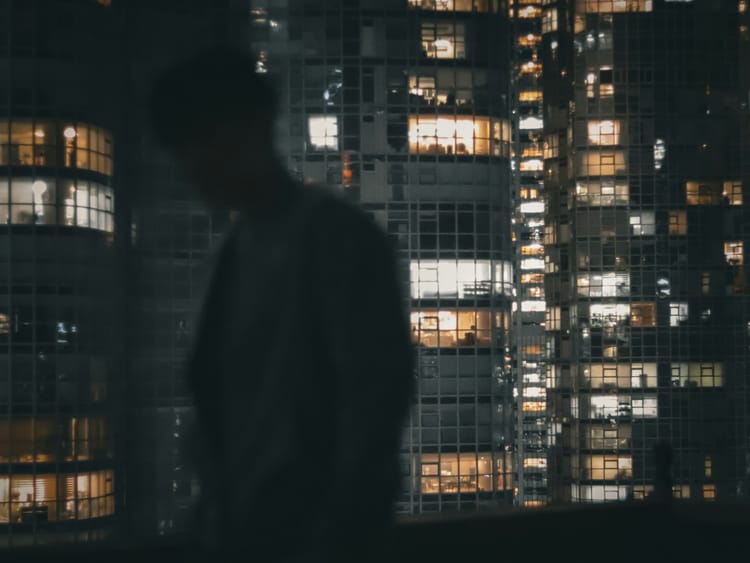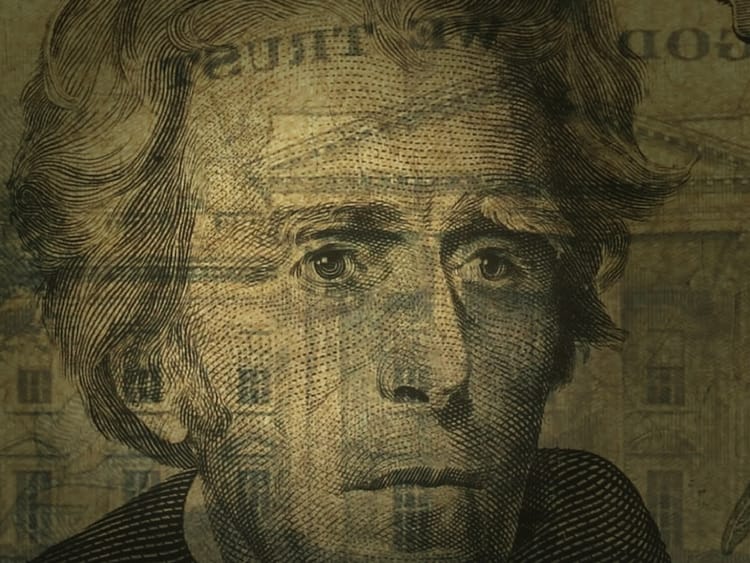‘The regime is dead’

After the 22-year-old Mahsa Amini died in custody, following her arrest by Iran’s Guidance Patrol—the morality police—for “improperly” wearing her hijab head covering, fierce protests spread across the country. They amounted to one of the biggest challenges to the Iranian regime since the Islamic Revolution brought it to power in 1979. In response, Iran’s authorities have cracked down with detentions and executions, including public hangings.
While organized demonstrations have since faded, there are signs of anti-regime sentiment everywhere. And while Iran has been pursuing new diplomacy to ease its ongoing clashes with Saudi Arabia and other Arab neighbors, these countries too struggle with similar problems—from a growing distaste for social control and political repression to a withering tolerance for high youth unemployment, bad governance, and corruption. What’s going on in Iran’s streets—and what does it potentially mean across the region?
Kim Ghattas is a journalist based in Beirut, covering the Middle East, international affairs, and U.S. foreign policy. She’s the host of the podcast People Like Us and the author of Black Wave: Saudi Arabia, Iran, and the Forty-Year Rivalry That Unraveled Culture, Religion, and Collective Memory in the Middle East. To Ghattas, Iran’s demonstrations represent a growing rejection of the Islamic Republic’s moral foundations. The regime may have won the battle for the moment, but it’s in deep trouble in its ongoing war with a society that’s increasingly alienated from it.
It’s a conflict, Ghattas says, in which autocracy has every near-term advantage but no long-term sustainability. And for everything that distinguishes Iran from the broader Middle East, this fundamental reality is ultimately the region’s …
John Jamesen Gould: What’s happening with Iran’s protesters?
Kim Ghattas: The big anti-government demonstrations have died out, but there are still regular daily acts of civil disobedience. There are young people playing music and dancing in the streets, in mixed crowds—men and women, women without their veils. There are students provoking clerics. There are women walking around publicly without the hijab. It’s all a continuous expression of opposition to the regime.
And the regime clearly feels vulnerable, because it’s been on an execution binge. Last year, it killed 580 people—a 75 percent increase from the year before. Half of those executions were late in the year, after the protests had broken out. And it’s continuing this year—with sentences against social-media activists, athletes, journalists, and others.
Niloufar Hamedi and Elaheh Mohammadi, women who reported on Mahsa Amini’s death, have been imprisoned for more than eight months on charges of “conspiracy and rebellion against national security” and “anti-state propaganda.” They now face the death penalty. Others are being charged with blasphemy, of all things.






